|
Twas the month before spring and all through the place
Many people were stirring as if in a race. Hanging baskets were hung on the driplines with care In hopes spring would find them blooming up there. Young plants were nestled, all snug in their trays With visions of flowers to fill greenhouse bays. Muriel in her Birkenstocks, and Barb in her cap Knew that winter was over and so was their nap. When out by the greenhouse there arose such a clatter, Jeremiah sprung up to see what was the matter. I flew to the door like a young frisky pup To look out of the door to see what was up. The sunlight reflected on the new-fallen snow With a wintry look in the sun’s bright glow. When what to my wondering eyes should appear A delivery truck pulling up in low gear. With a driver who looked quite grubby and smug I knew it must be a delivery of plugs. So slowly he opened the back of his truck, He pawed through the boxes and found ours, by luck. He dragged out the box with the UP facing down, Then rolled it inside like an insolent clown. We signed his receipt and he went on his way As he scowled and he cursed the wintry day. As snow that swirls in a cold blizzard wind, He turned the truck ‘round, fast as wheels can spin. Up past the mailbox the old truck flew With a load of squashed boxes and the young driver too. (TO BE CONTINUED)
0 Comments
In our climate here in Minnesota, plants and many other organisms emerge in the spring. In the greenhouse we are fortunate to experience spring in February. We are busy sowing seeds every day, which means that every seed flat needs to be accurately tagged. We now begin to see the newly germinated seedlings fighting their way toward the sunlight. Watering systems are ready and everything is in ‘spring go’ mode. It is good to be emerging again.
In the greenhouses drip tubes are all fixed and now await the soon-to-be transplanted hanging baskets. These basket lines and drippers save on water and labor.
Meanwhile our heated germination benches are covered and our roll-up germination chambers are set. These chambers allow us to heat jus the area where the seeded trays are germinated. This system saves on heat yet keeps the seed warm enough to sprout. Our spring soil is stored warm and cozy in our soil room. It is all now in large, bulk totes – eliminating the use of plastic bags.
Jeremiah is still enjoying our new all-electric forklift, as he fills our flat-filling machine. The result is many carts of filled hanging baskets that are ready for the plants which will soon be planted. Corey is putting the finishing touches on the plumbing in the new headhouses; getting them ready for the 2023 crop.
Meanwhile, Mamie has masterfully assembled the new shipping carts as we look ahead to the shipping season. Sundogs are dancing,
|
Gene R. StarkA teacher, farmer, trapper, and greenhouse grower. He writes about the outdoors and the people and culture of rural America.. Archives
February 2022
Categories |
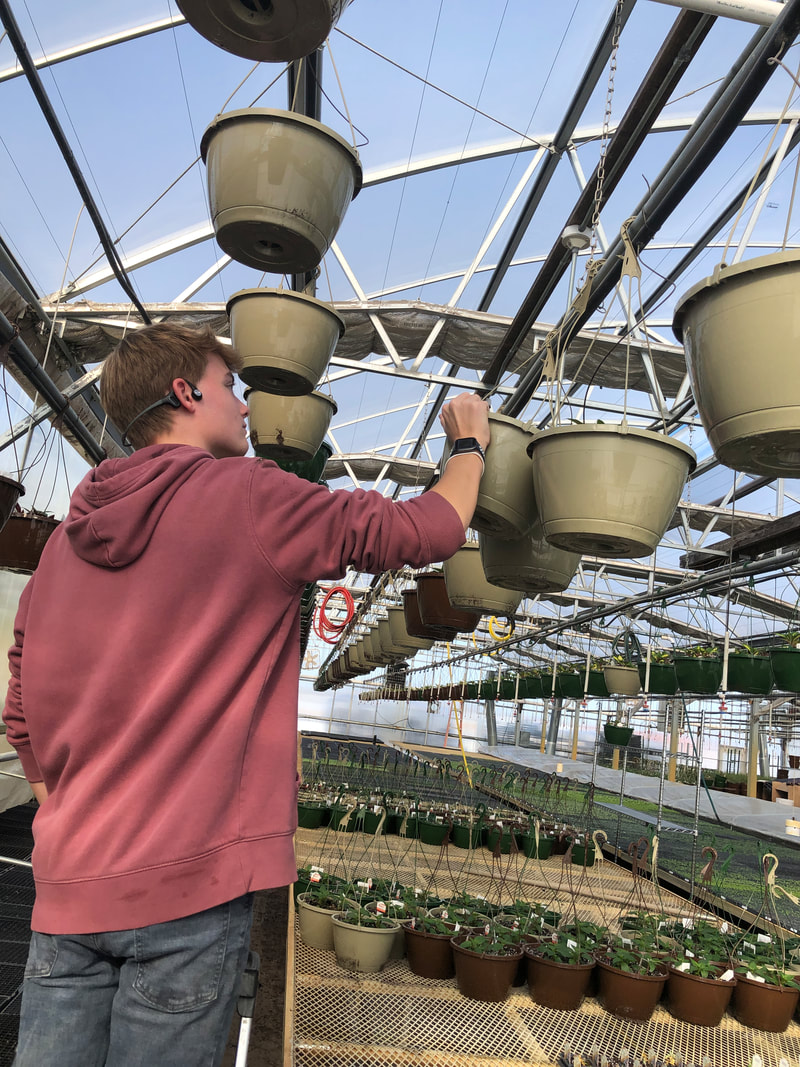
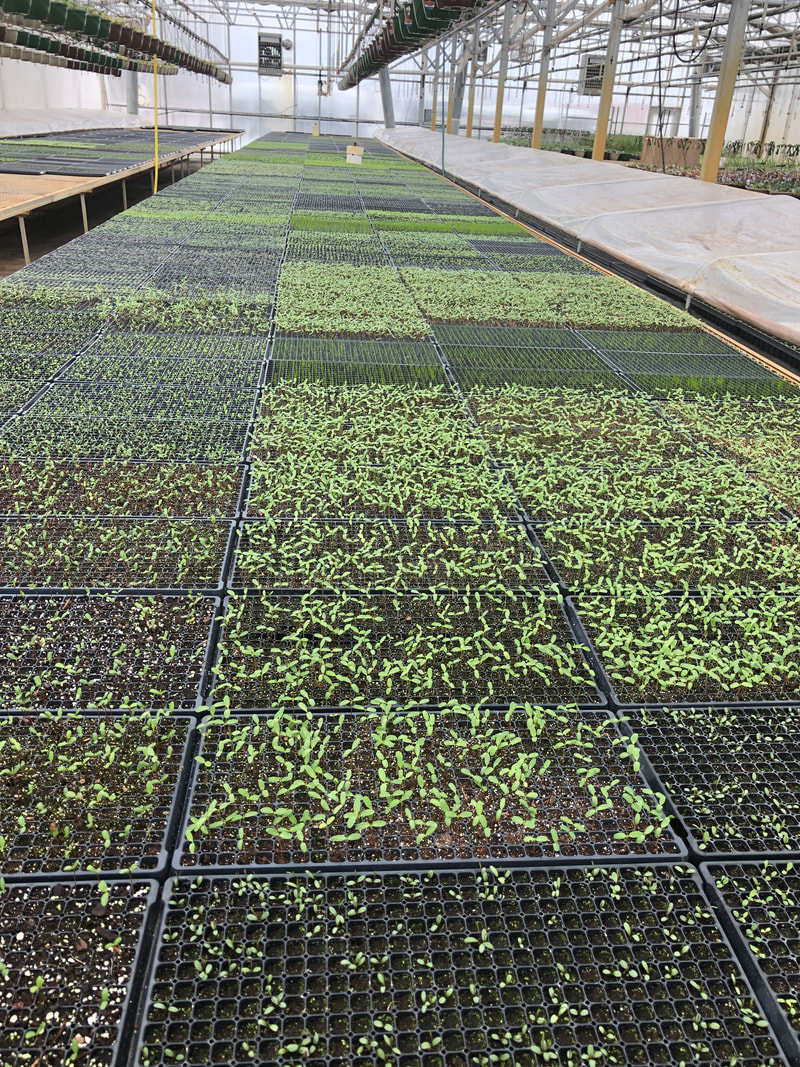

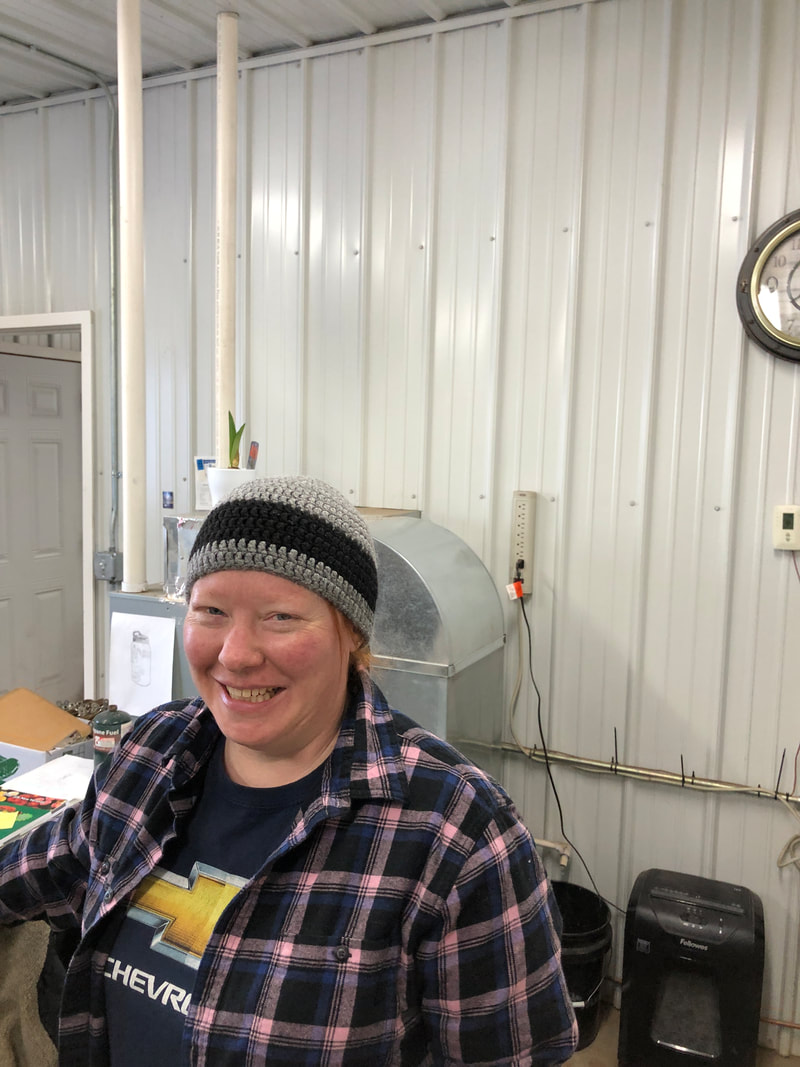
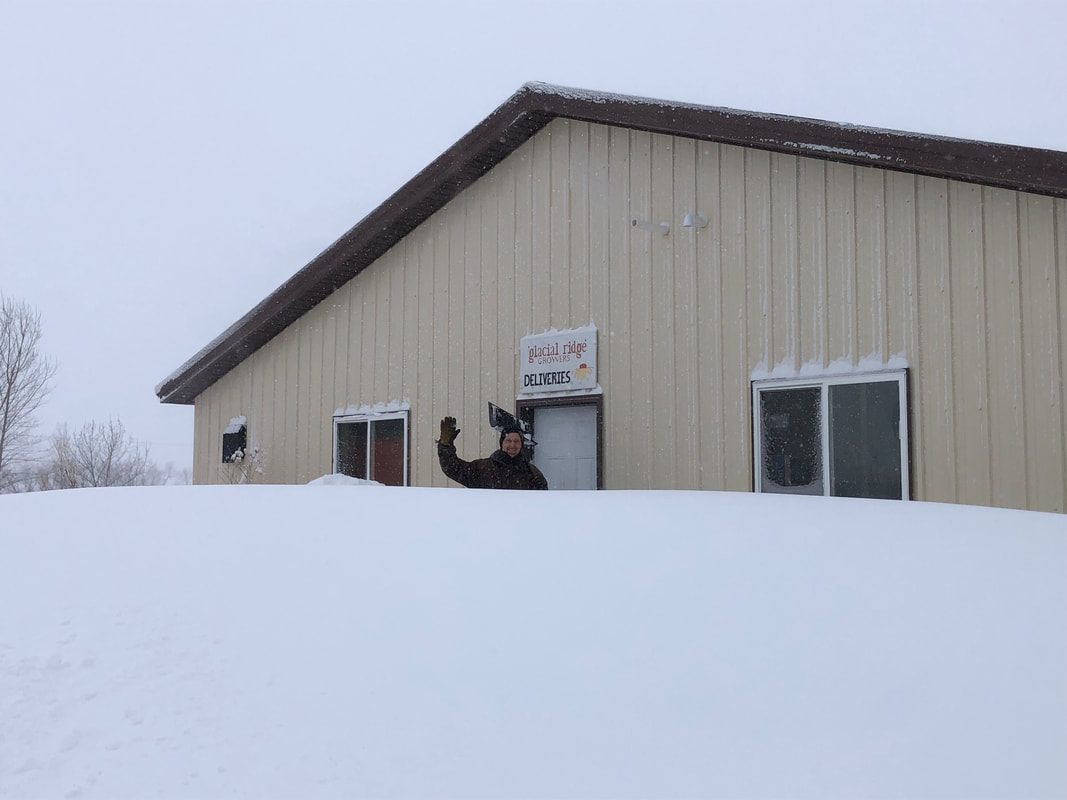
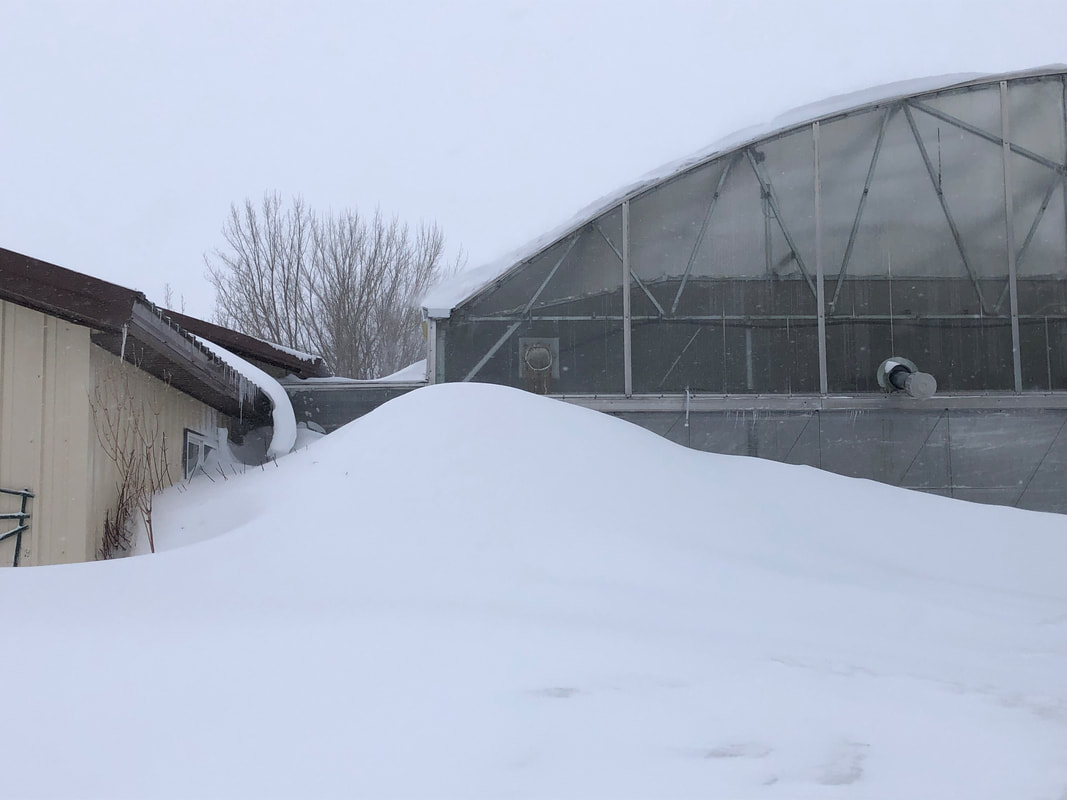
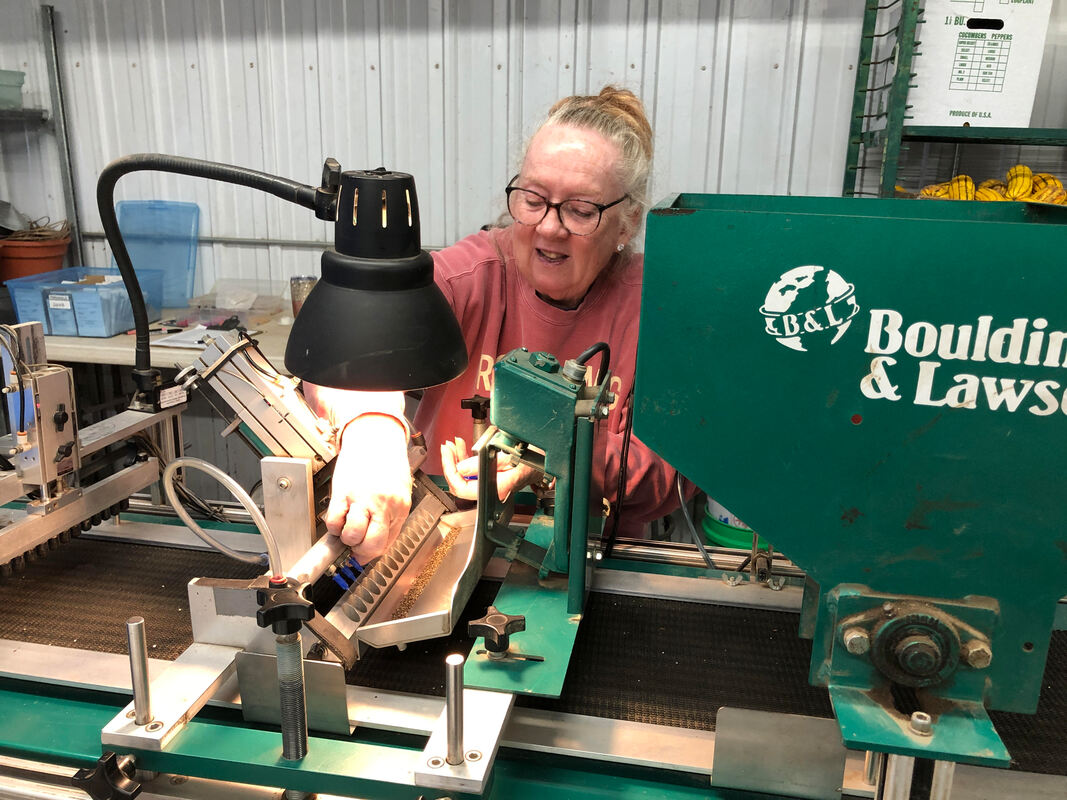
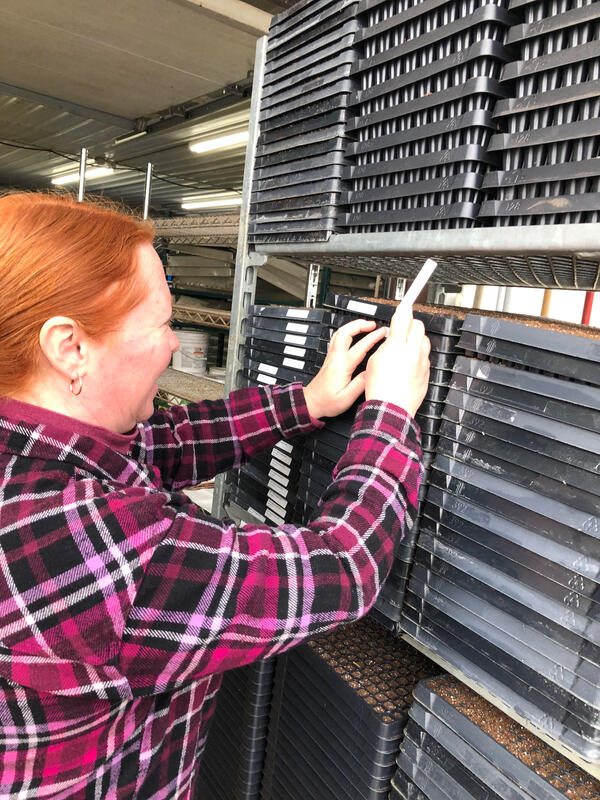
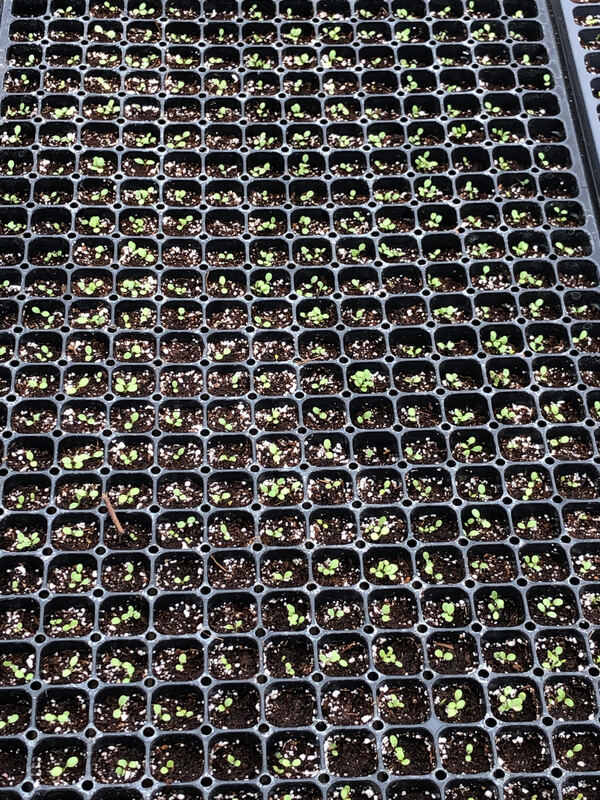
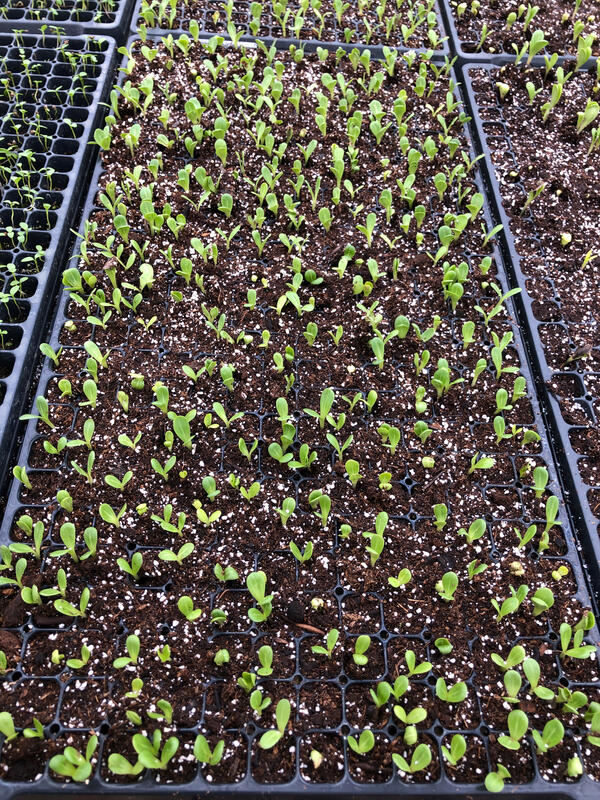
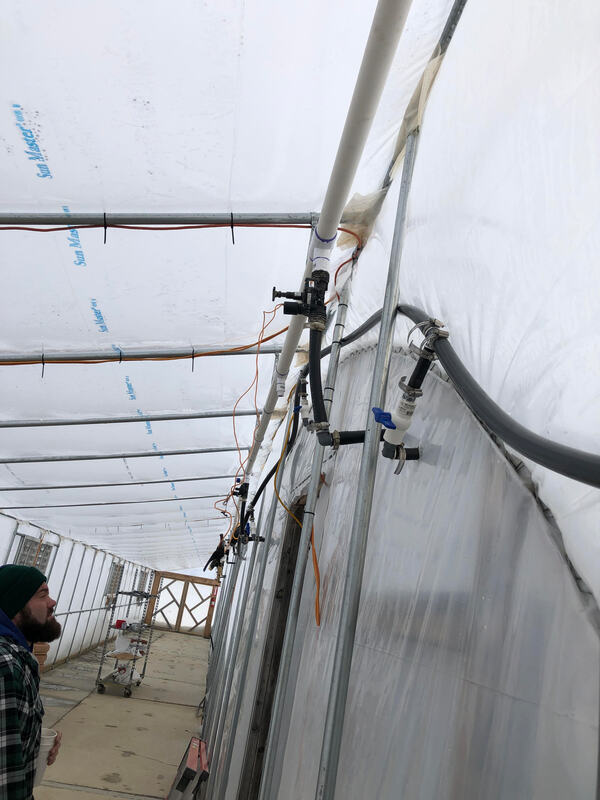
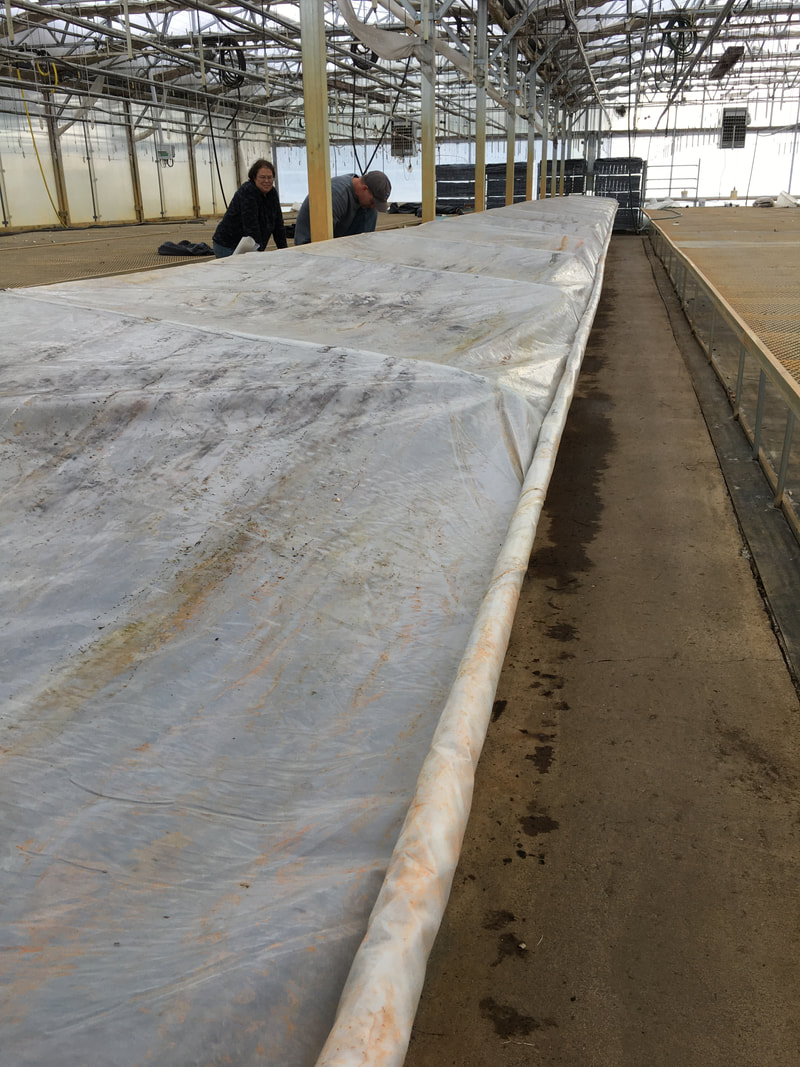
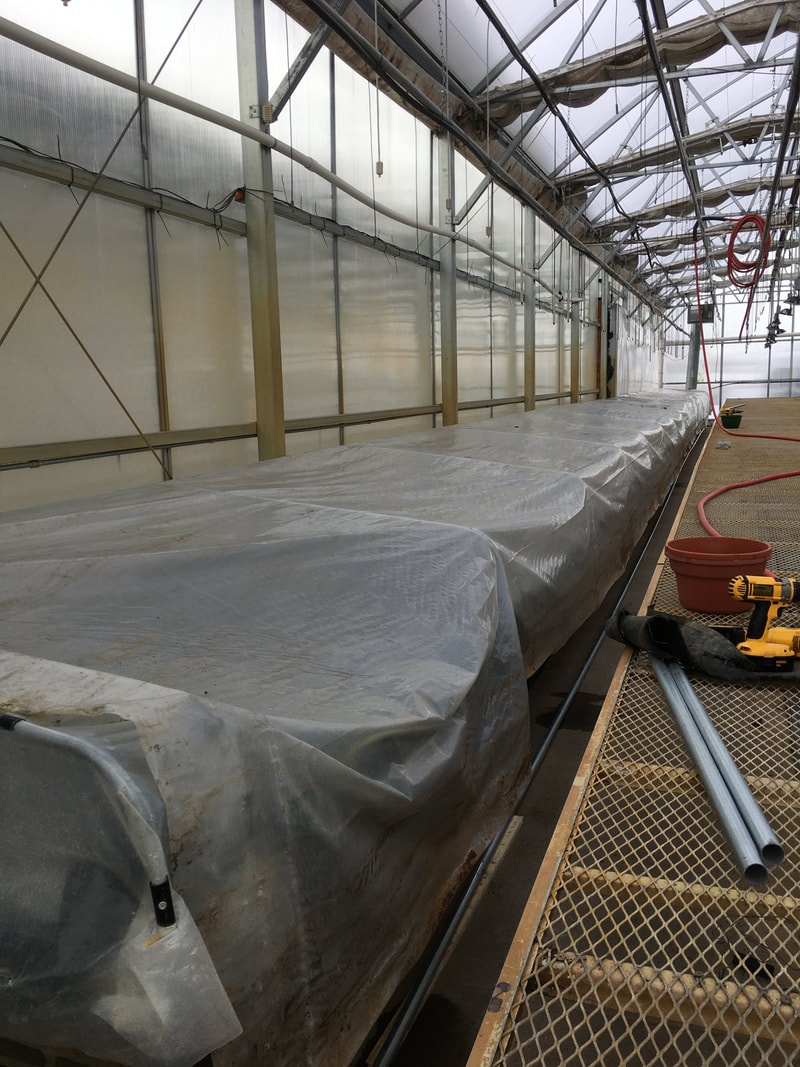
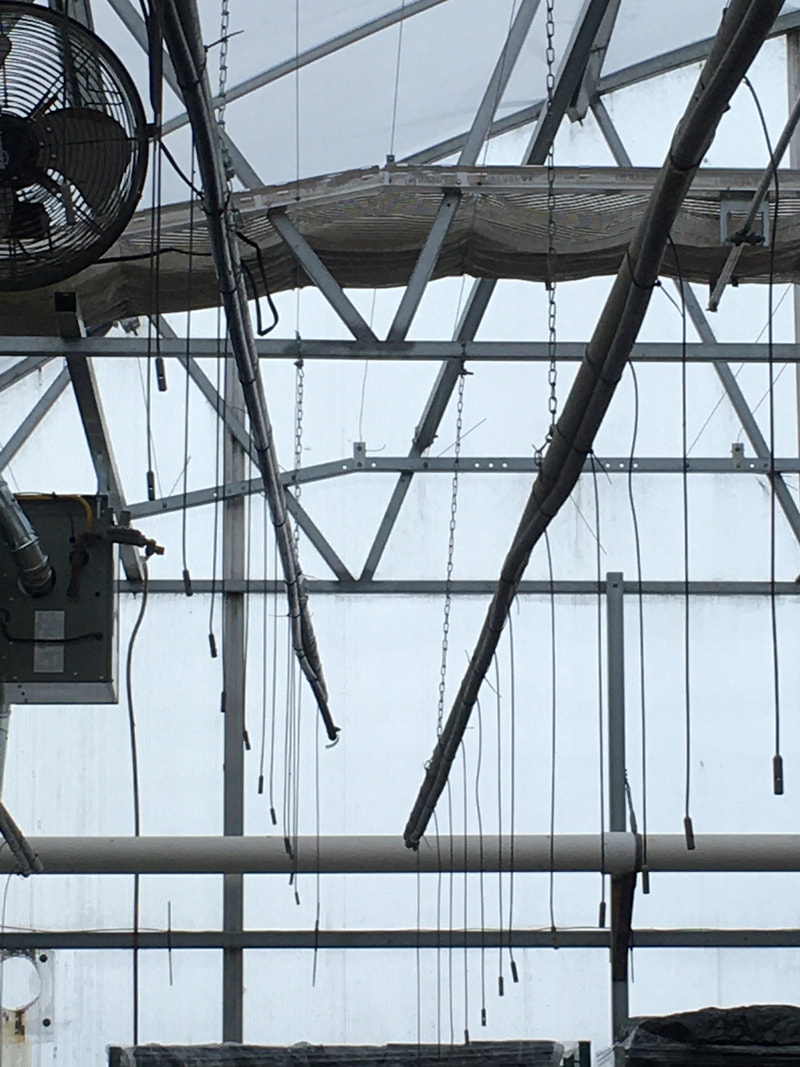
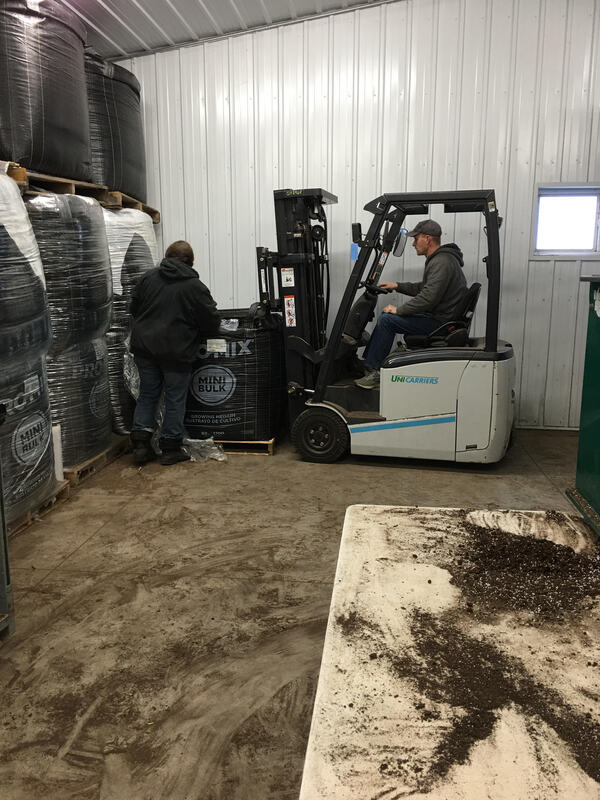
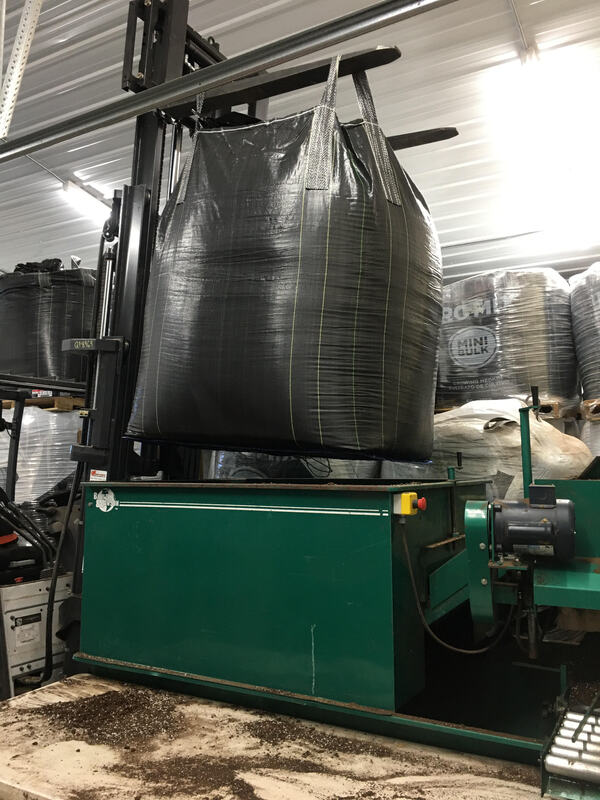
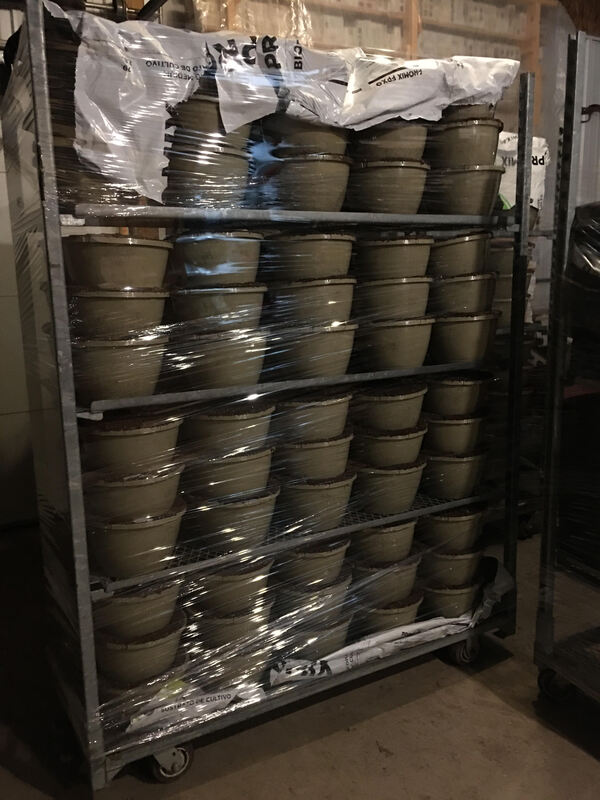
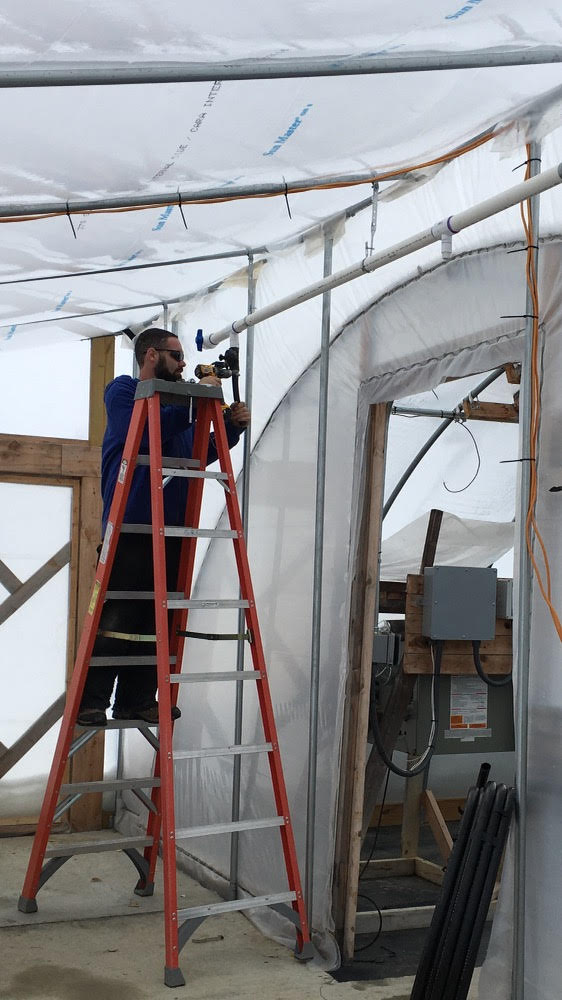
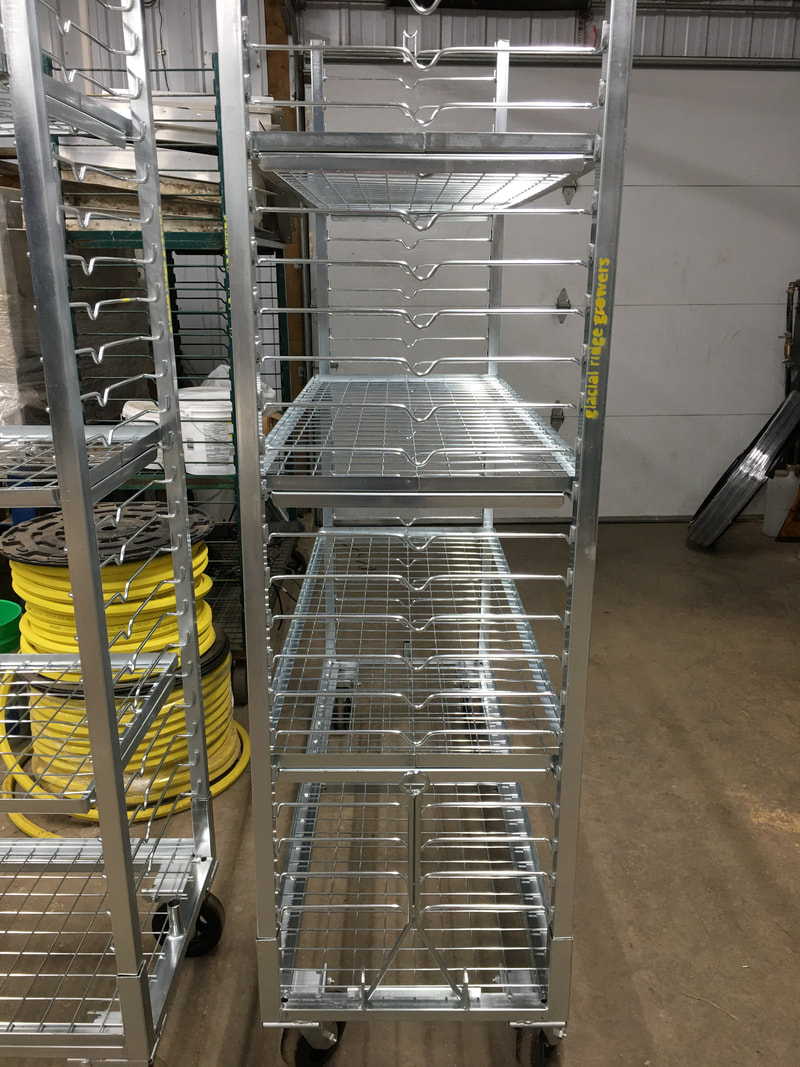
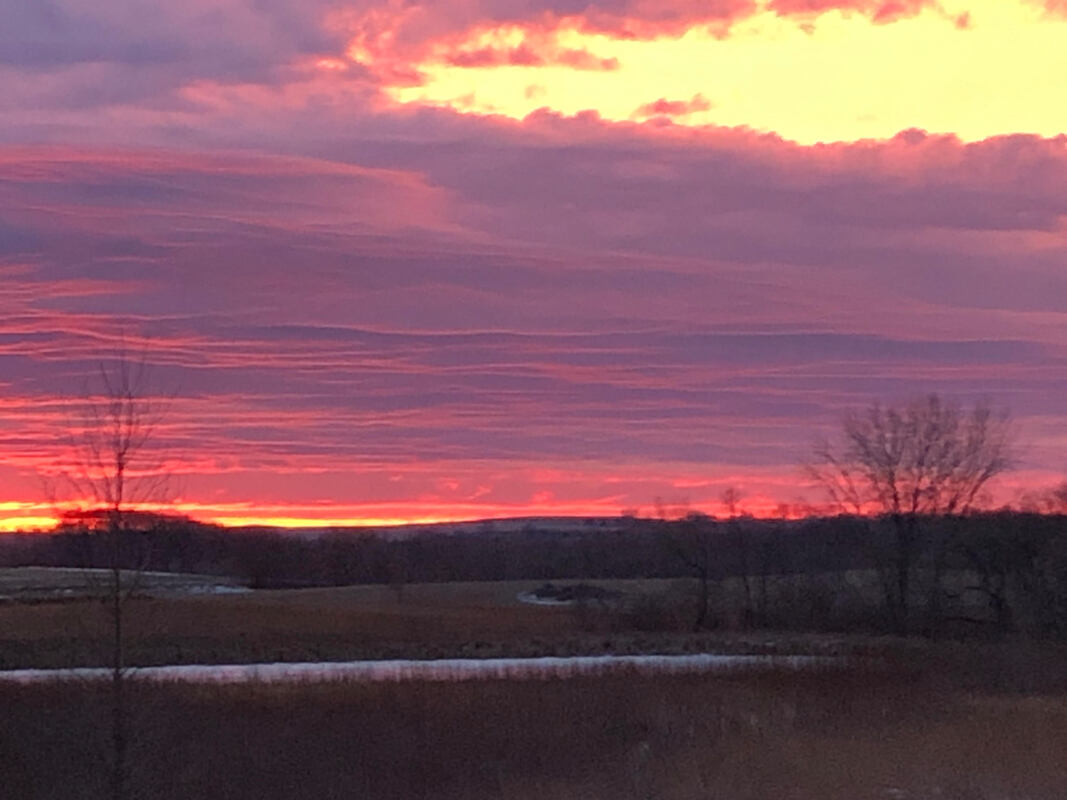
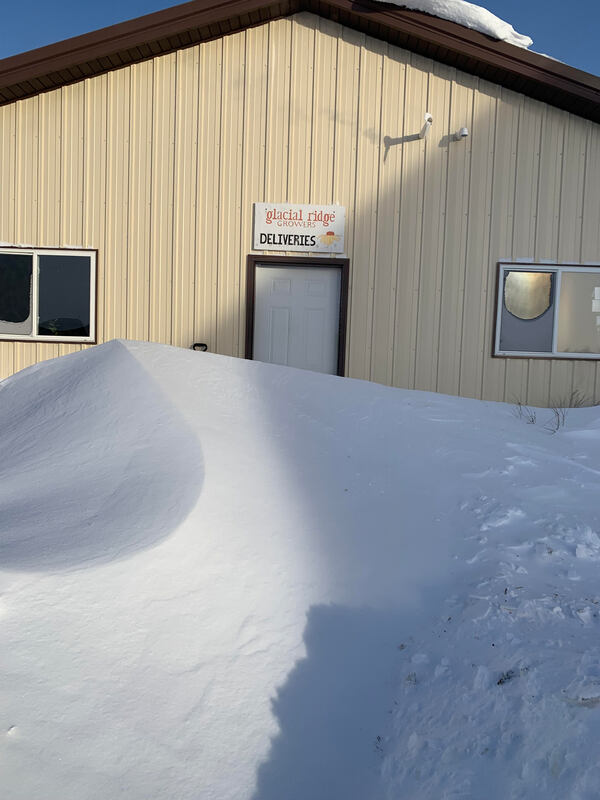
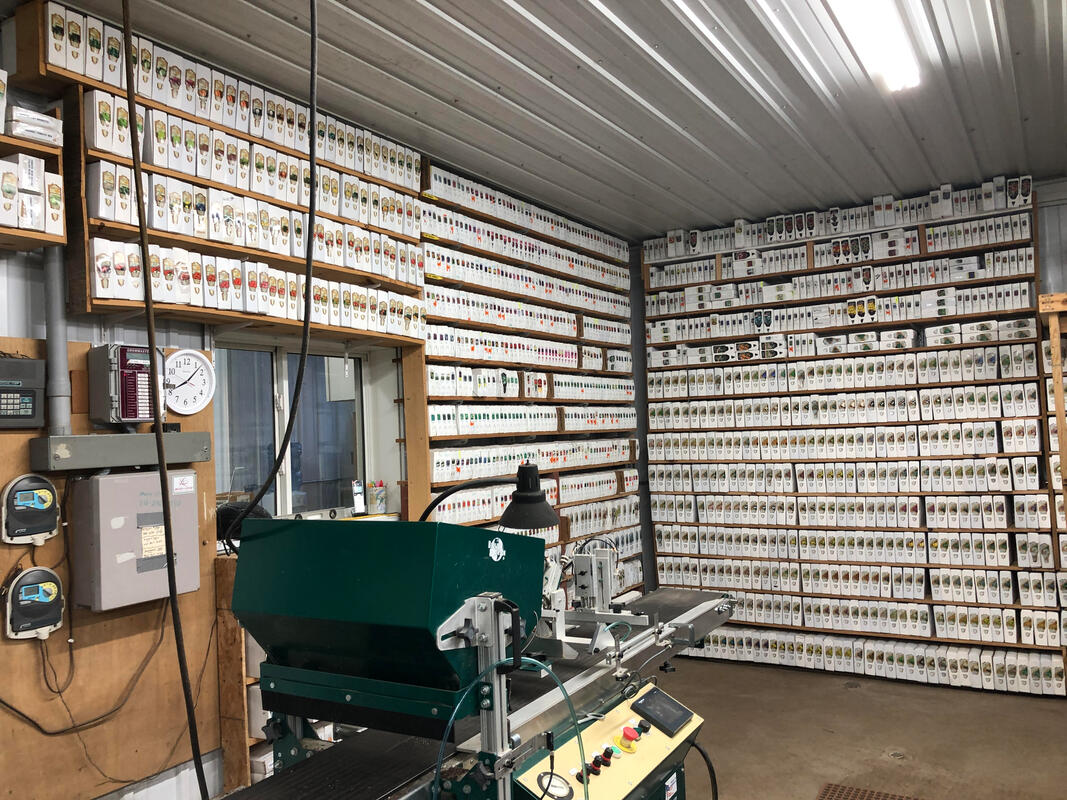
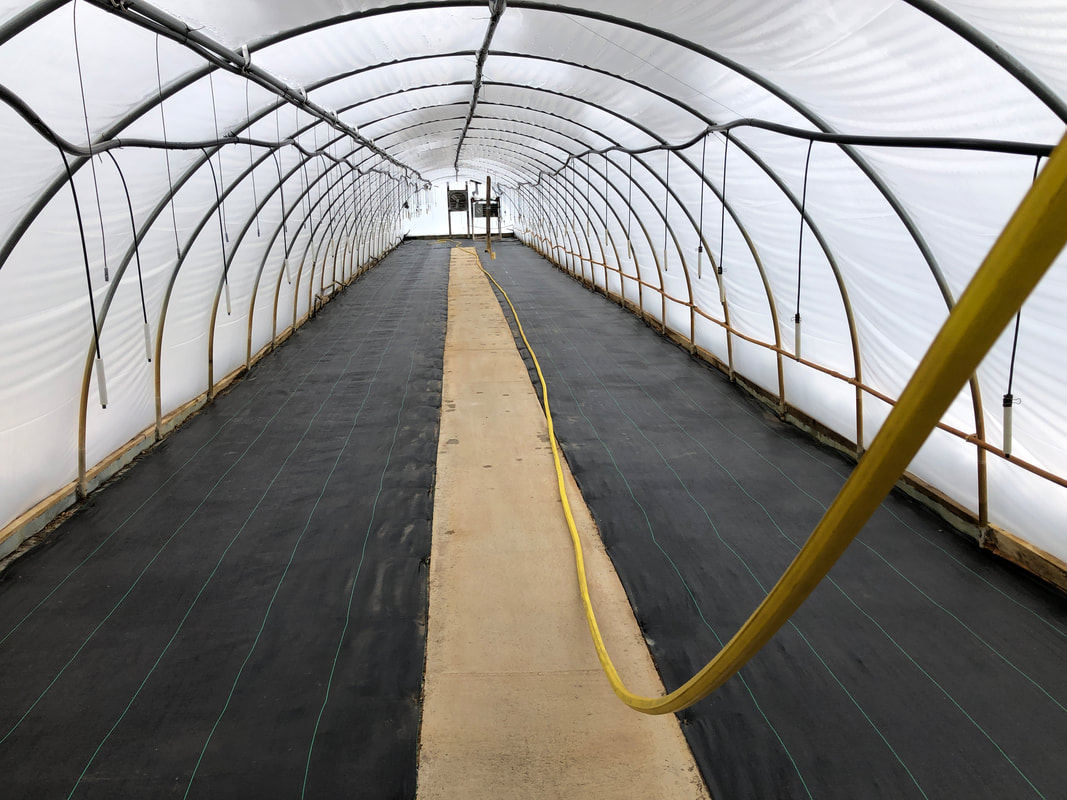
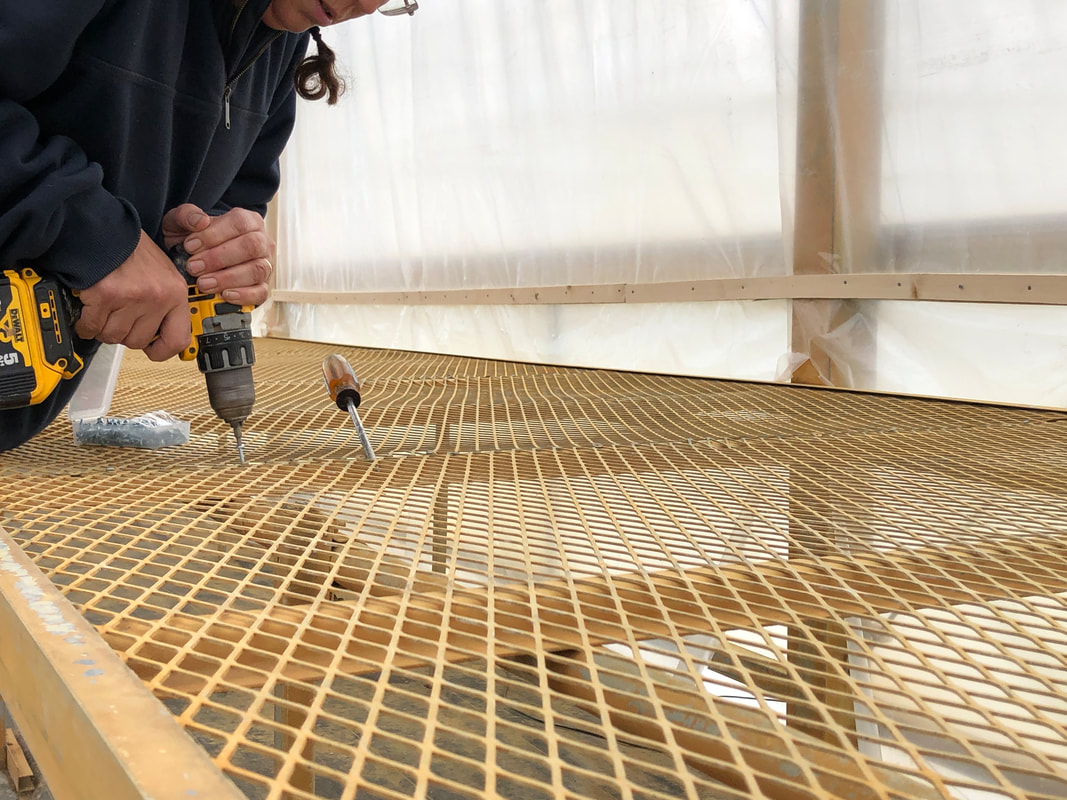
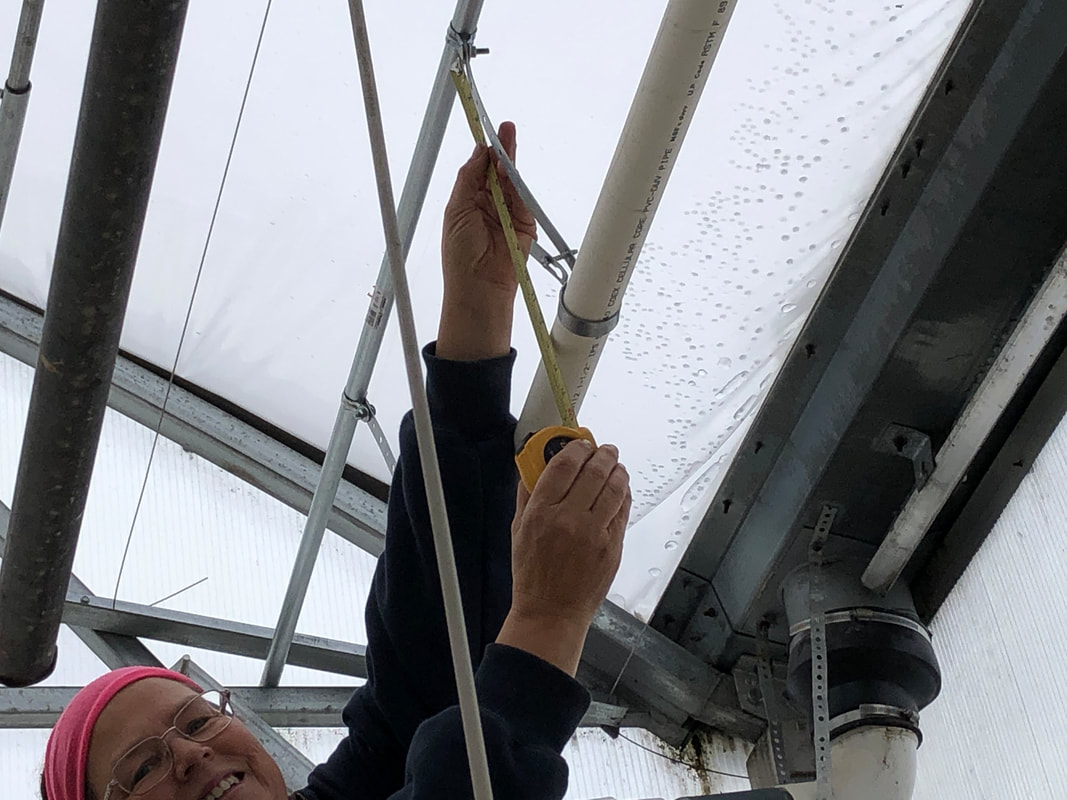
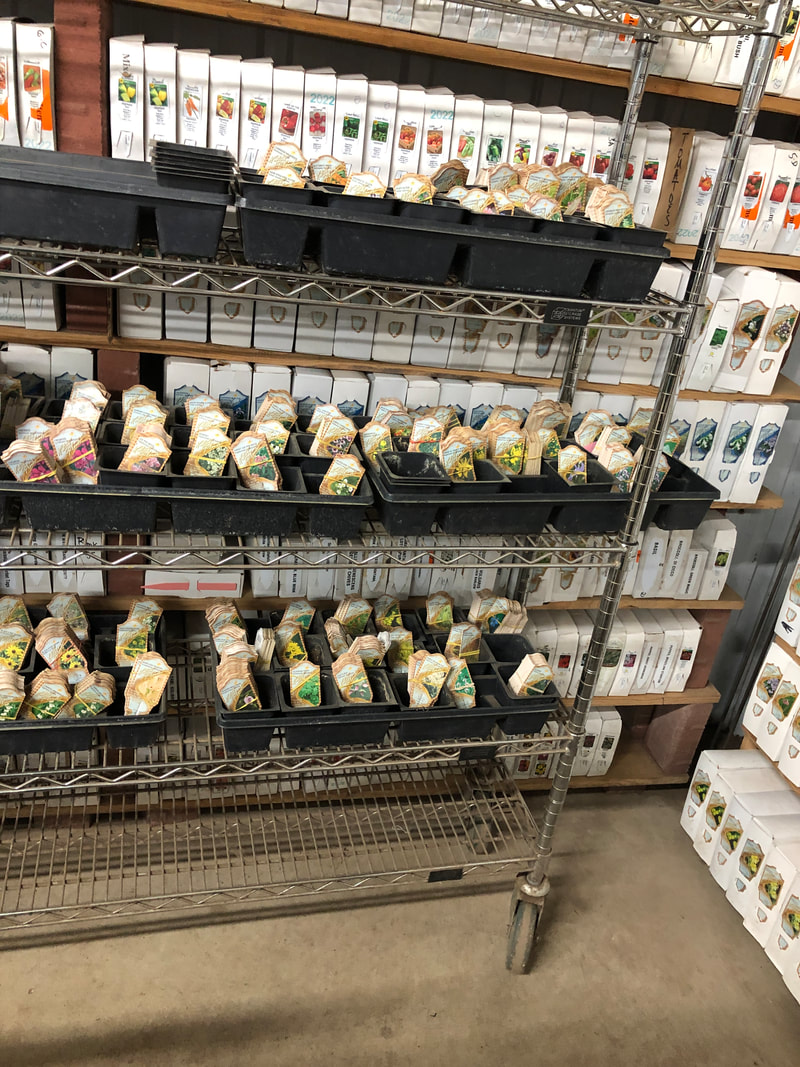
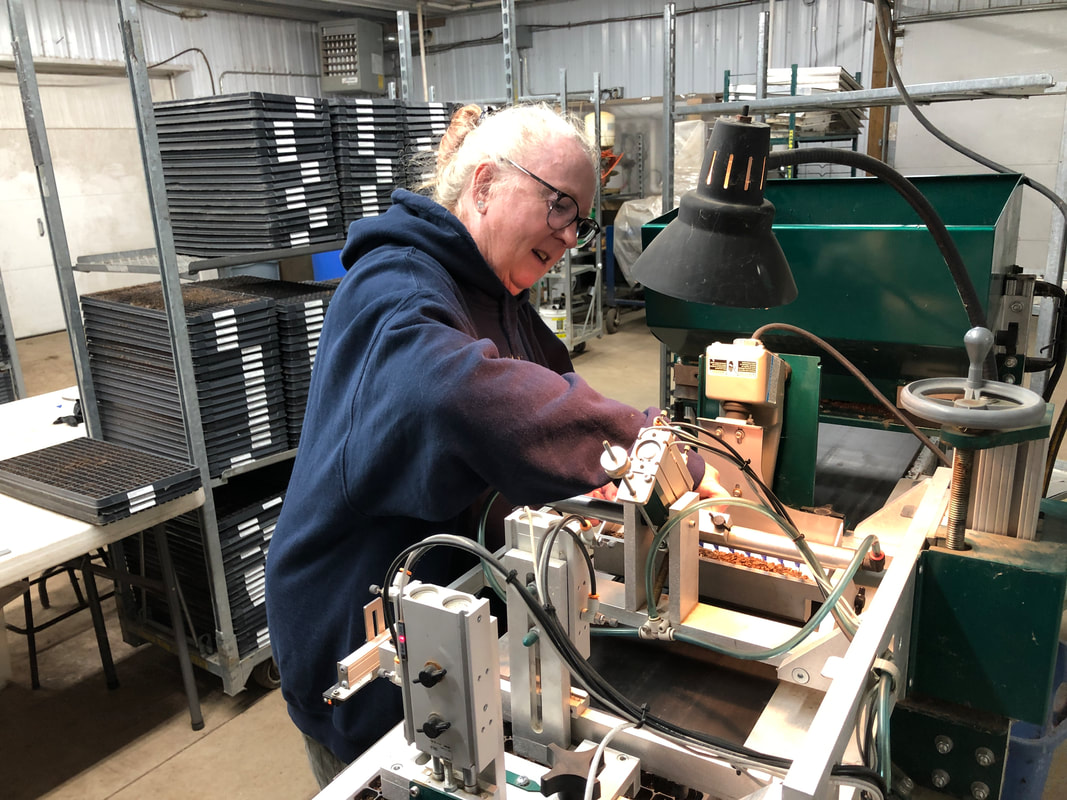
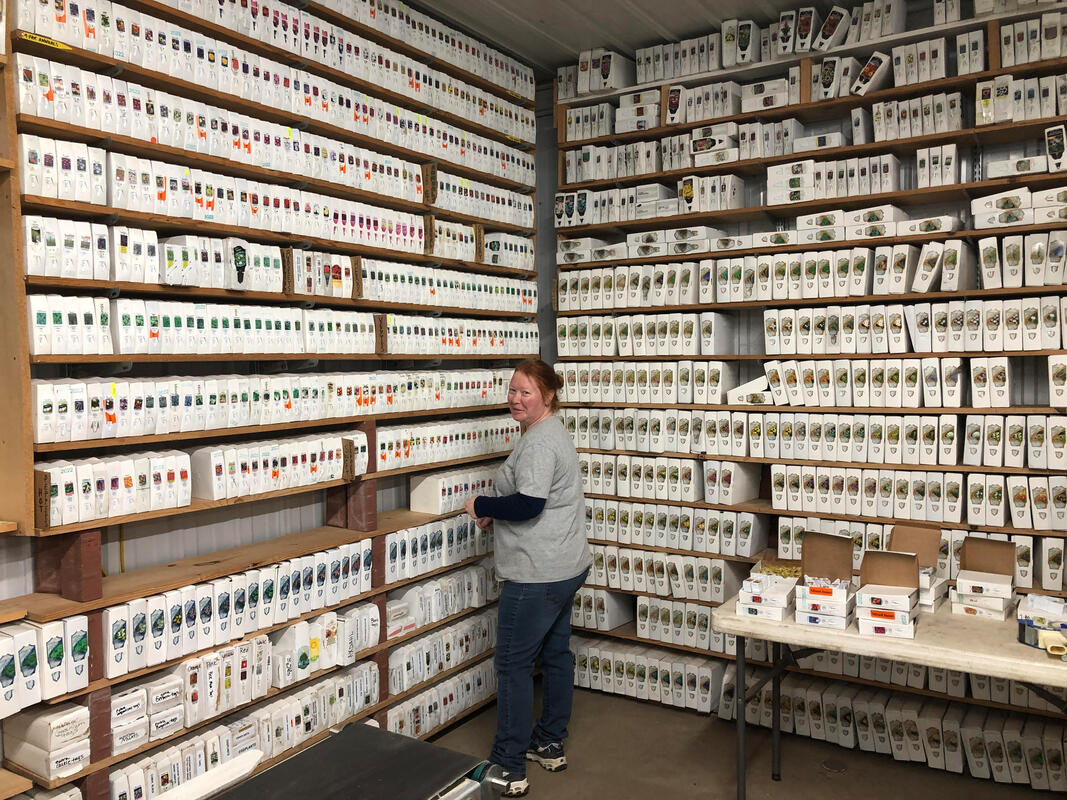
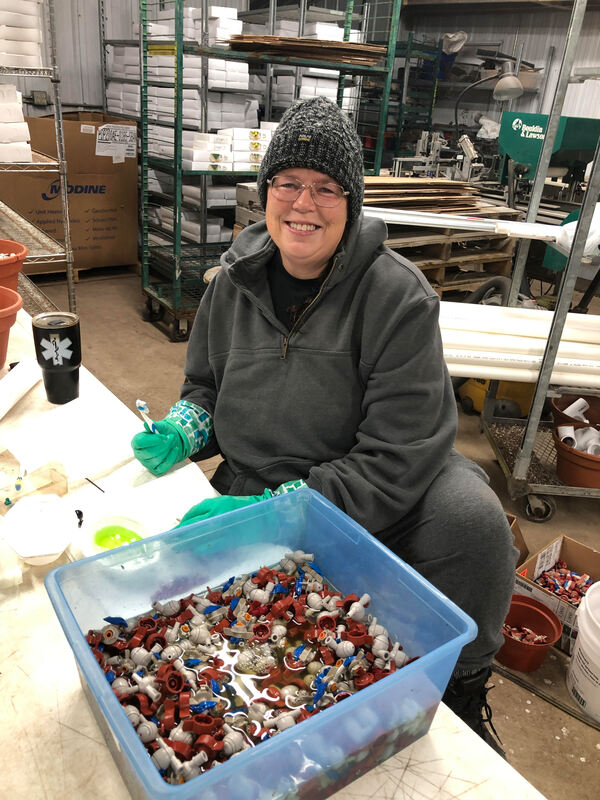
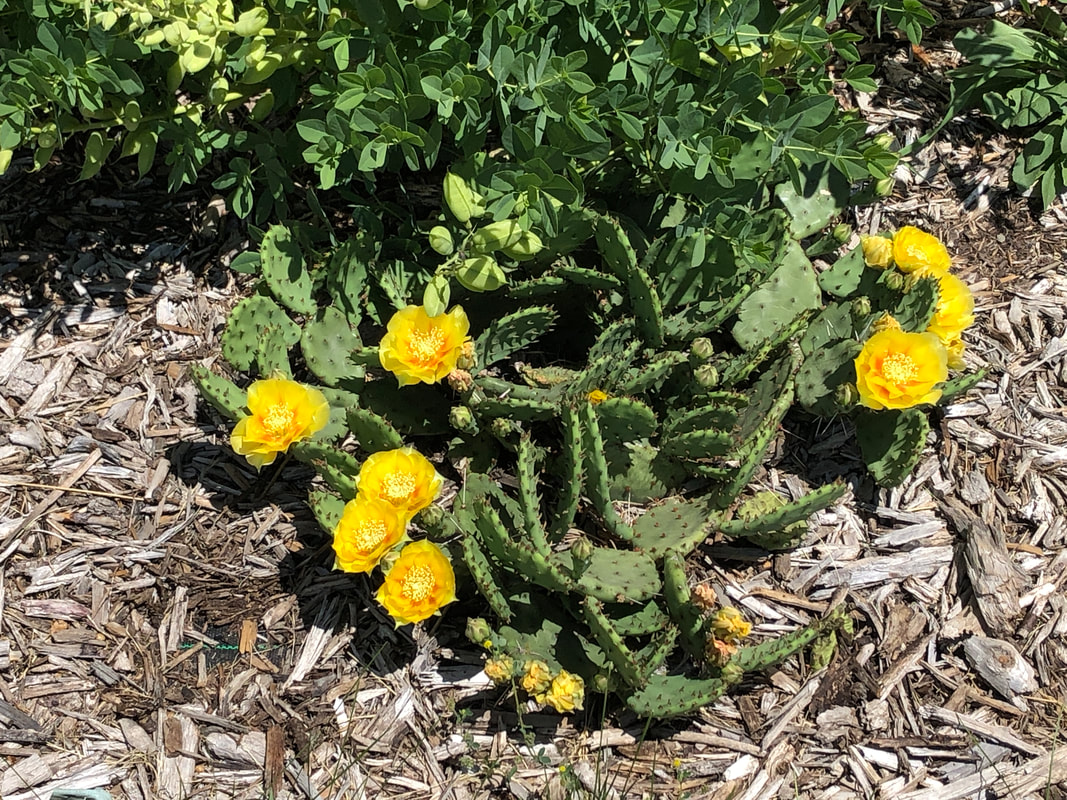
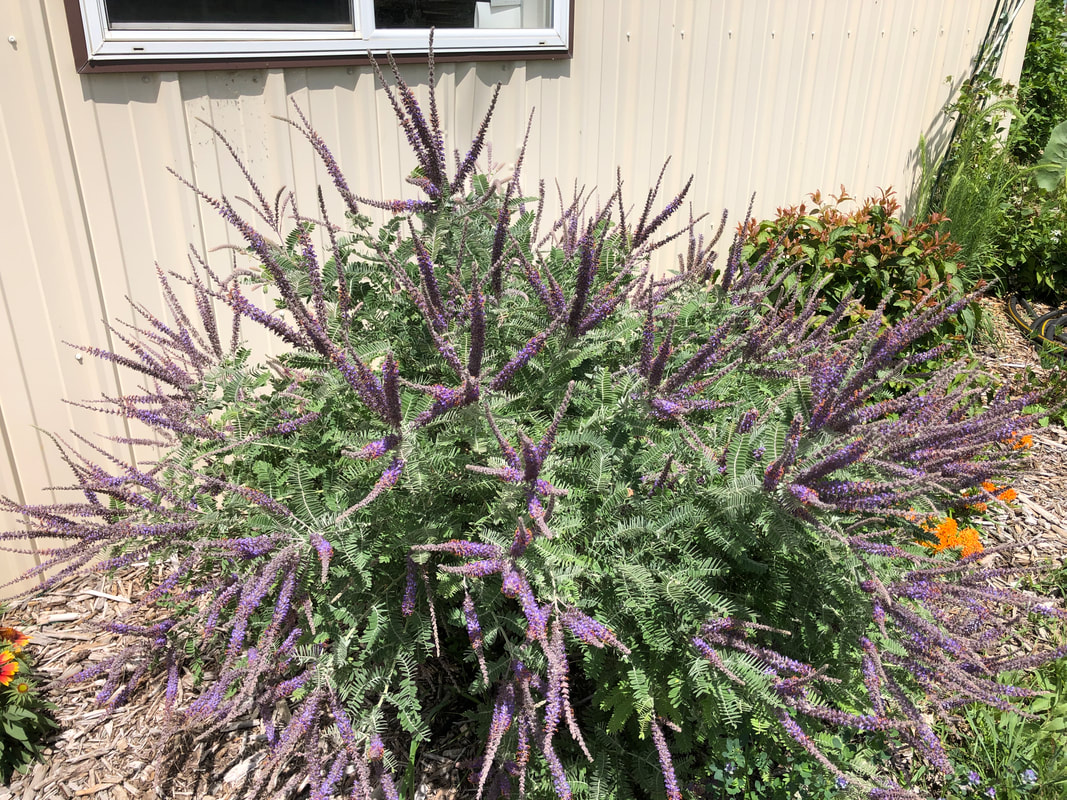
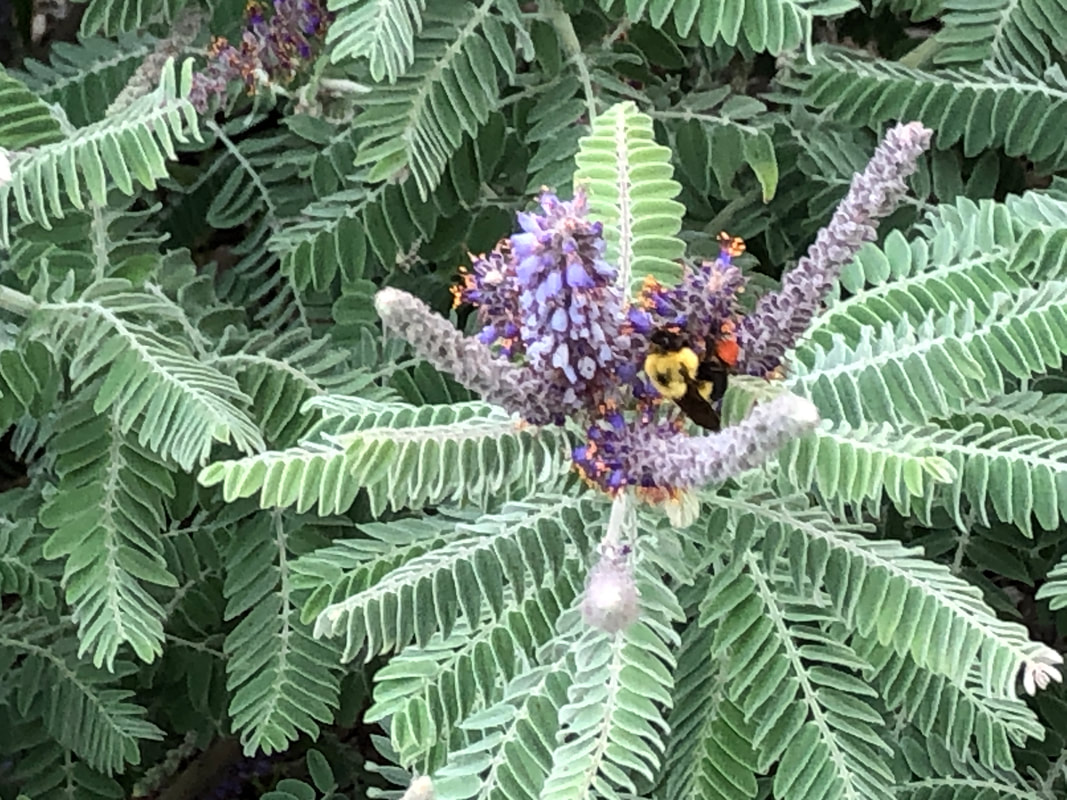
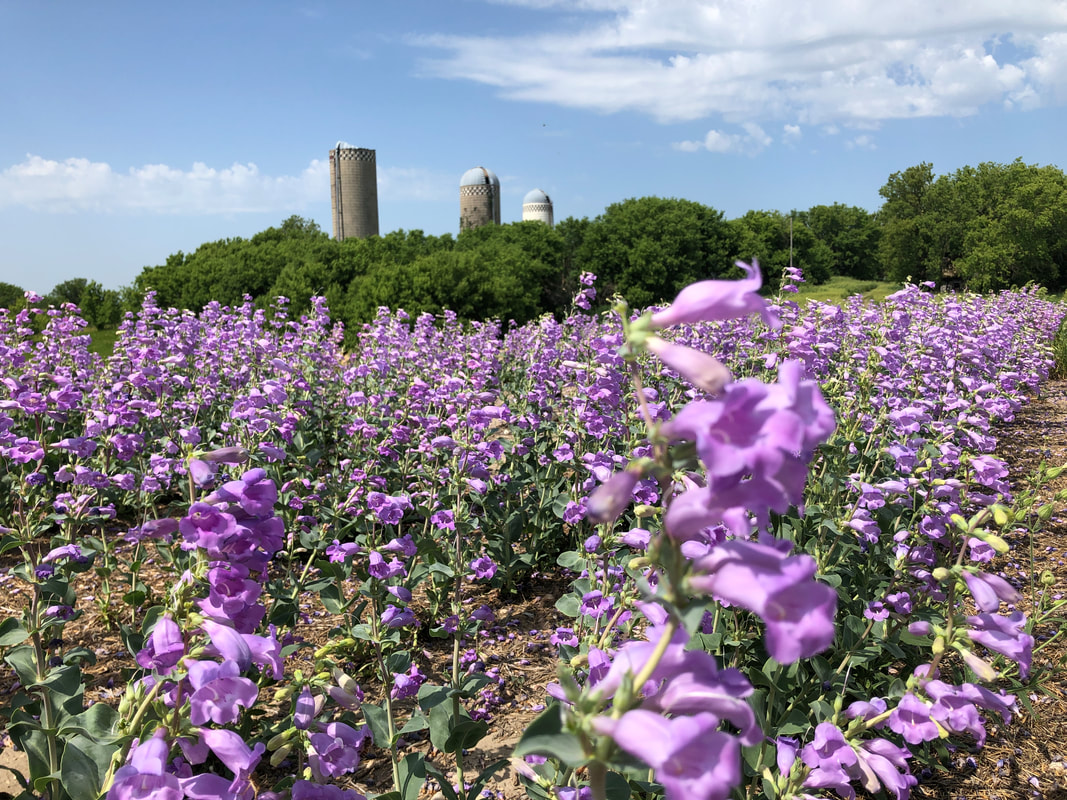
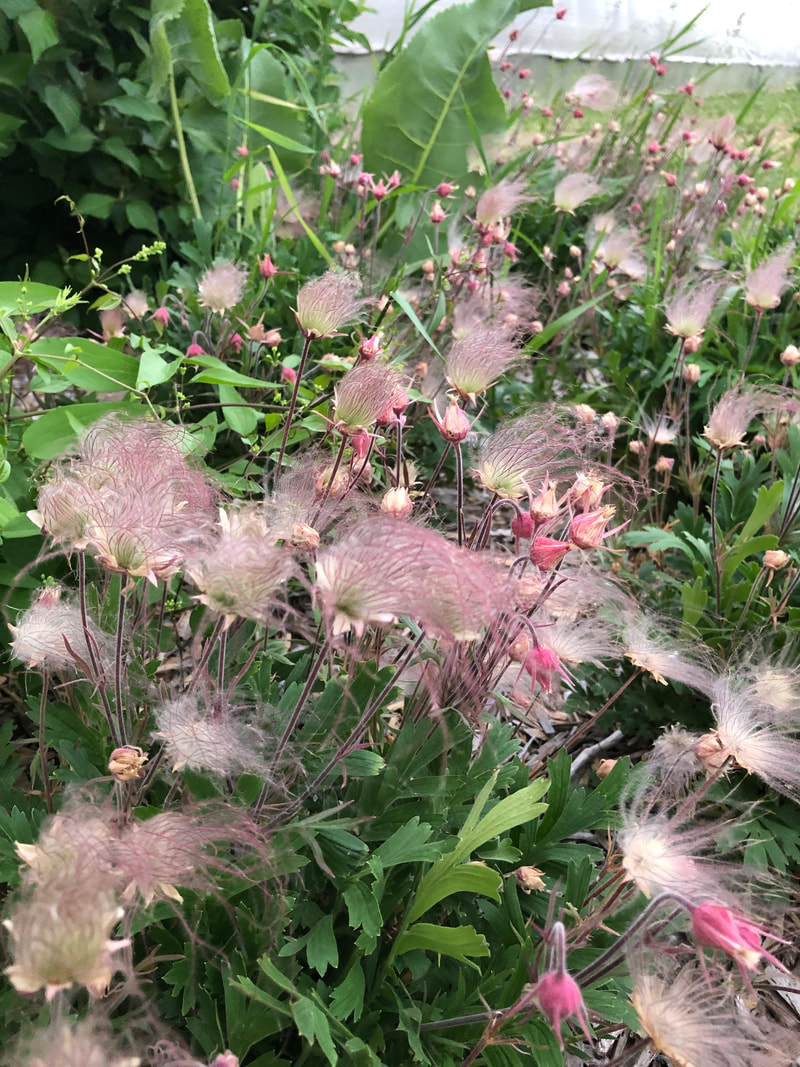
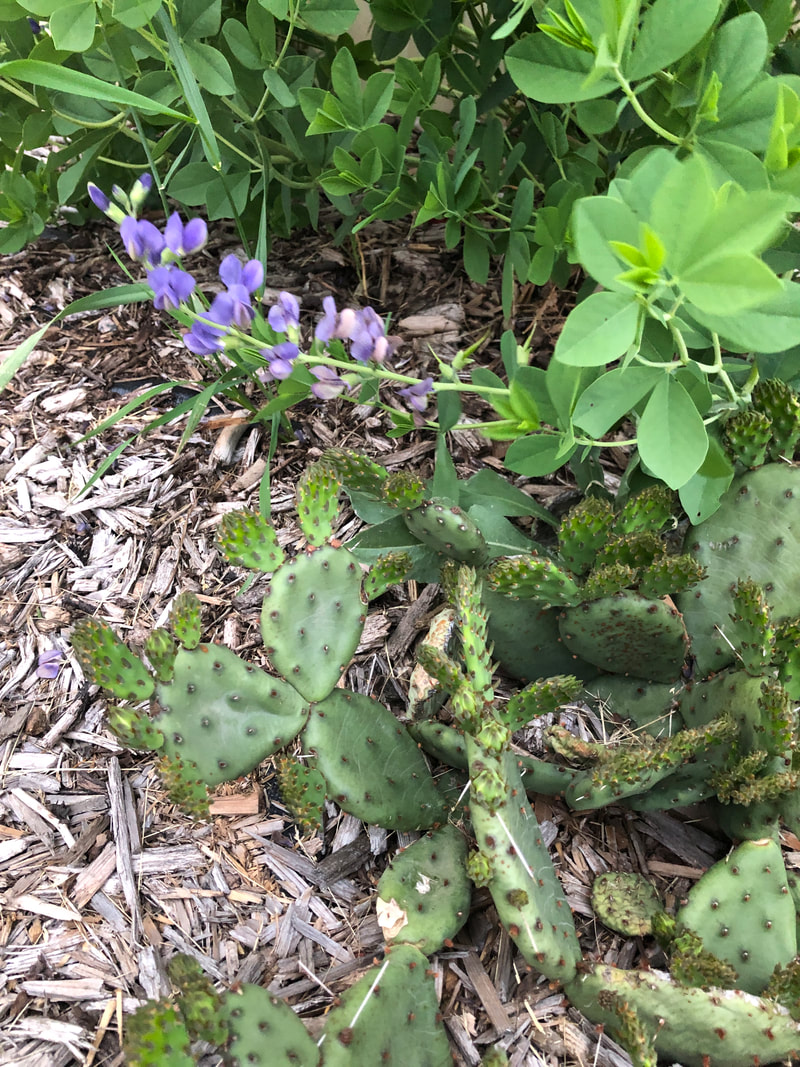
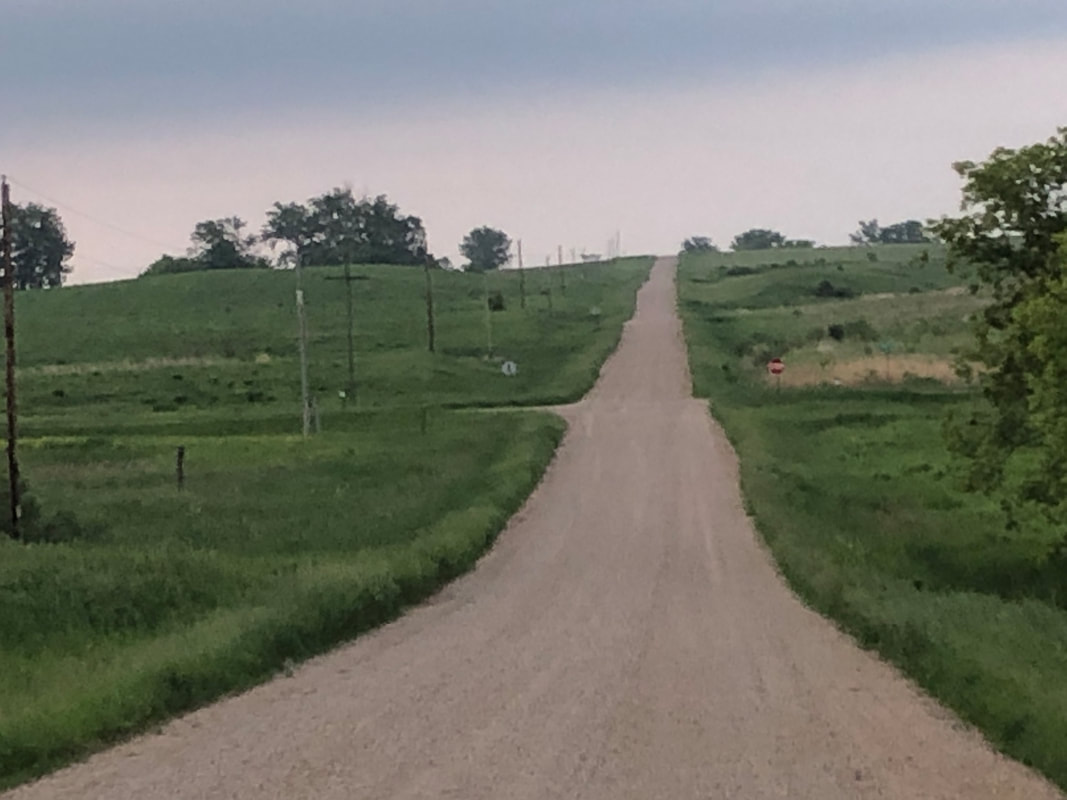
 RSS Feed
RSS Feed